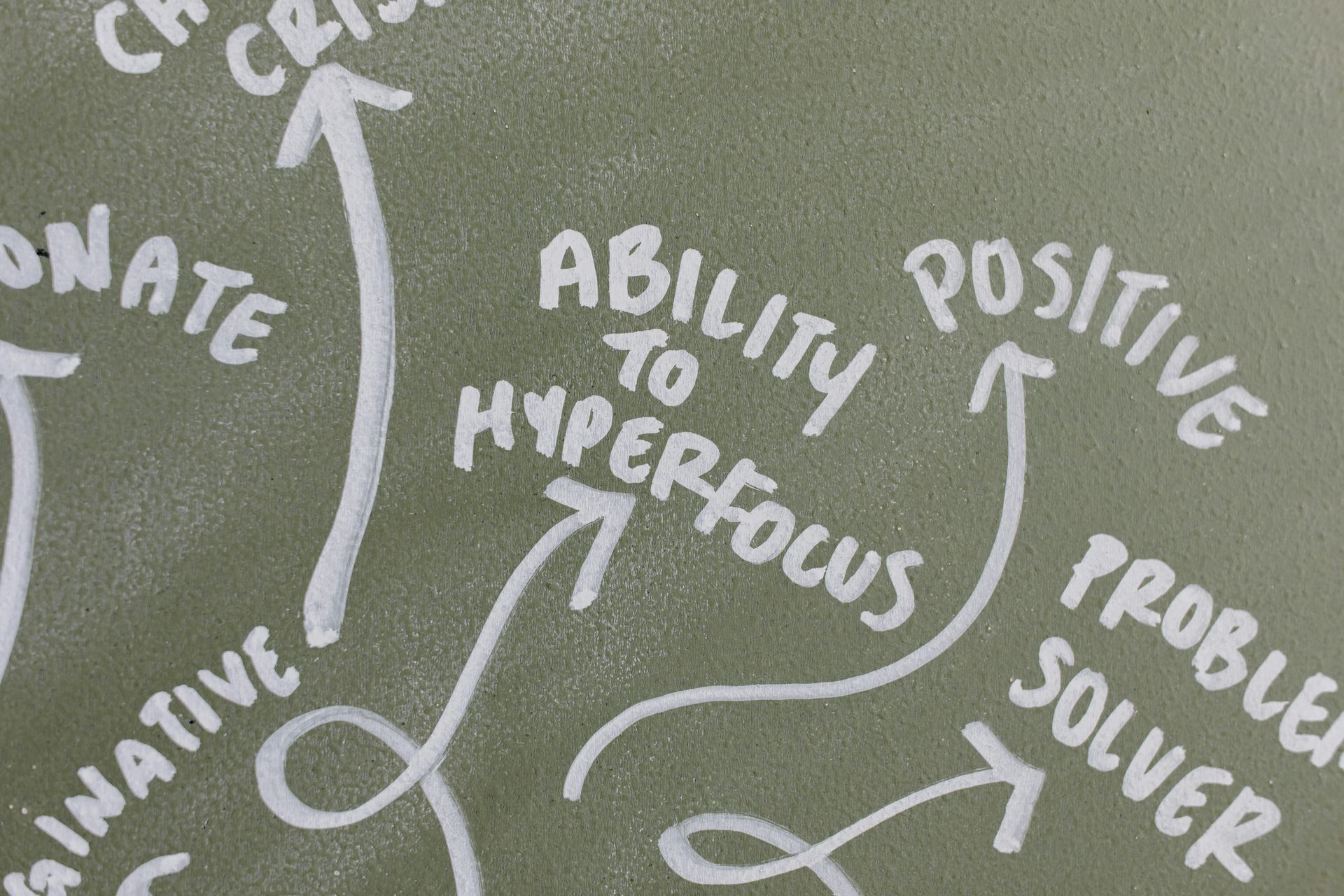How to resolve top concerns about transparency
Introduction
Transparency is often perceived as something new that is absent or yet to be introduced. Given its meaning and the perception that there’s something different or extra to deal with, it is therefore normal to encounter emotional resistance to transparency. Sometimes the resistance is fobbed off as “our organization is not ready for it”, or through the concern that people are robbed of the opportunity to form a narrative.
This article, the third in
this series, positions transparency as a holistic system and examines the two top sources of resistance you are likely to encounter in its pursuit.
Understanding transparency as a holistic system
Transparency is analogous to the nervous system of any organization, which is designed to carry instantaneous and accurate signals to the brain. The fact that such signals may get dropped or mutated should not exclude discussing transparency; it is a system that already exists. The more important discussion should be about the effectiveness and health of information flows. The fact that organizations already practise open sharing of kudos (for example on internal applications or publicly via LinkedIn) demonstrates that transparency is not a novelty.
Organizational behavior typically follows these norms:
- Positive information is unrestricted in its form, narrative, and number of channels. There is minimal mutation of information as it travels between the event trigger and the brain.
- Information perceived as negative, however, is vetted and may be suppressed due to disengagement, fear, or simply gets mutated through narrative. The result is that the brain may not receive critical information.
This experience is a result of organizations failing to recognize transparency as a holistic system that already exists. Consequently, they enable development of a stale culture that leads to the
loss of hearts and minds. Just as it is illogical for people to claim to be significantly better drivers than the average population, it is dangerous for companies to think they are immune to the evidence that only 33% of employees report being engaged (Gallup).
The proposition is that, on average, the health of the organizational nervous system is poor. This is measured by the above mentioned poor employee engagement score and the poor state of governance, as inferred from the
statistic that 50% to 70% of executives fail within 18 months of taking on a role (an estimate from the Corporate Executive Board, with one of cited reasons being: "They don’t prioritize listening and learning — and fail at managing change").
The failings in listening and learning are caused by ignoring transparency as a holistic nervous system. Here are three typical mistakes that organizations tend to make:
- Surveys, despite their scientific and highly structured nature, are a form of managerialism. The science related benefits of surveys get watered down due to time lag, overheads attributed to good execution, and unavoidable bias (even the requester of the survey automatically instils some bias). It is not surprising that only 22% of surveyed companies obtain meaningful results from their employee engagement surveys (Enodo Global, 2022).
- Reporting (status or risk reporting, etc) lacks a fully independent, fail-safe data element that would help the executive to know if presented perspectives reconcile with reality.
Traditional employee engagement tools, intended to generate excitement or to provide employees with a voice, are often limited to gamified awards or escalation channels. Basically “most organisations are incredibly paternalistic” and it feels unnatural to traditional HR and traditional managers to let people express their feelings in their own words. Reluctance to relinquish the controlling tone stifles innovation and prevents culture from becoming everyone’s responsibility.
Top concern about transparency - narrative forming factor
Typically, a frequent argument against transparency goes like this: “Even if I agree that something different needs to happen in regards to communication of challenges, I feel that lack of ability to shape the narrative will cause more damage”. People voicing such concerns prefer investing in surveys and the feedback loop of management messaging.
This viewpoint runs counter to what transparency is really about:
- Information discovery already occurred at the source (typically at the grassroots)
- Narrative control at the grassroots is not possible as it is after-the-fact. For example, no manager will be quick enough to stop people from forming their own opinions and feelings
- It is a mistake to prevent people from sharing information freely. As the saying goes, “your team is always talking, even if they are not saying anything”. Traditional managers miss the trick of why a measurable and contextual Live Pulse feedback model is important; it balances the need to allow free experience reflections vs the need for them to be structured so that the story can be told with evidence.
- Information should travel without mutation to the brain
- As per the above mentioned Live Pulse model, evidence-driven signals can certainly be enhanced through effective communication skills. It is important to distinguish narrative writing vs evidence-based storytelling. The first is a political exercise because it focuses on events and avoidance of exposing skeletons in the closet. The latter is an act of mindfulness because it is focused on telling the full story and relaying the true sentiment.
First Perspective
These recommendations will go a long way to improving health of the nervous system in your organization:
- Empower unadulterated experience sharing at the grassroots level
- Coach teams through positive psychology
- Do not ask people to be more resilient - asking people to continue dancing with a broken leg is just wrong
- Do invest in measurable and contextual Storytelling across the organization in the search for allies and preventative solutions to issues that resulted in the broken leg to begin with
- Avoid doing anything that slows down information travelling to the brain as fast it needs to, even if narrative forming needs to be addressed by some other means.
Second Perspective
Recommendations proposed in the first perspective may fall short at bridging competing perspectives on transparency:
- One group of people finds it more natural to “ask for forgiveness later”. This means running fast and dealing with messaging as an asynchronous activity. Polishing of the message can be sacrificed if that effort were to impact the timeliness or a perception of appeasement.
- The second group believes in avoiding unhelpful triggers that could complicate already complex conversations further. This means that investment into narrative is seen as very important.
In reality, both these perspectives have valid reasons and are often perceived as competing. What is missing is the agreement on the core principle that enables merging of the two mindsets.
The recommended approach to merging competing mindsets is as follows:
- Per first perspective above, empower the grassroots to stream contextual and measurable data points
- This solves the concern that feedback needs to be structured
- Leverage Neelix.IO powered smart transparency to adapt the model of information sharing to your context
- The best narrative is the one that is developed jointly with the team. An experienced servant leader would know and live by the view that "No one can whistle a symphony. It takes a whole orchestra to play it." (H.E. Luccock)
Second top concern about transparency - net measure of sentiment
Second most common concern expressed during the conversation about improving transparency is always about net sentiment. It is true that after release of pent-up pressure, the free experience sharing might show a net negative sentiment measure.
Here is the best way of resolving this concern:
- Firstly, establish a social contract agreement that the only truly important measure is whether things are better today than they were yesterday
- Leaders should help the team and be accountable for practising the growth mindset which focuses on persistent change and not specific events or net measure
- People and culture champions need to understand and educate everyone that a healthy nervous system (a.k.a. Healthy transparency) is not about pain avoidance - transparency is simply about signals creating unavoidable conversation triggers
- Mature teams embrace the challenge and net measure is somewhat redundant because as soon as they climb to the top of the hill they will disrupt themselves and move on to the next interesting challenge.
The adrenaline rush derived from the excitement of doing interesting things and being able to handle challenges is what will keep people engaged and “happy”. The alternative of preserving the status quo is what has led to an
industry wide statistic of poor employee engagement. Only a healthy nervous system will actually result in a positive journey even if you are walking through a desert or a snow storm.
Top mistake when talking about transparency
The top mistake people make when talking about transparency challenges is to take things too seriously and too literally. Yes, transparency means systemic honesty and some may find this confronting at first. As a result of heightened emotions, people tend to talk past each other.
When introducing transparency, remember these two important tips:
- “If you want to tell people the truth, you’d better make them laugh” - George Bernard Shaw
- Do actively support anonymous feedback at the beginning of the journey because it is the necessary lubricant. Anonymous feedback will naturally die off as the team matures.
Here is a humorous take on what transparency might feel like.
A typical structured enterprise can feel like an airplane. Everyone is allocated a seat, there is assistance, and there are pilots steering the plane. Different planes and journeys can feel very different; sometimes it can be a well catered affair, sometimes it can be a strapped-down, scary experience, and sometimes you may end up not where promised if people in the cockpit are not really qualified to fly.
As part of that journey, on average, people start becoming disengaged from the perspective of not being able to change anything in reality. Trying to keep the occupants engaged with surveys about how you feel and gamified attempts to keep up the excitement are not going to resolve the fundamentals of the journey.
Eventually people notice that there are others flying around their plane in circles, without any visible parachutes, and actually having fun. Those are the people who reformat their journey not to be a flying tube. Their reality still consists of similar ingredients, but their ingredients interact and behave differently:
- They still have an aspirational leader, but he is wearing the same helmet as everyone else and will suffer the same bruises if not skillful enough and if not working with the team
- They still have goals and structure - there is no anarchy
- Being teachable and responsible is not something one has to police
- Performance is measured as the team result, and individuals have an honest conversation about the value they provide
- Safety comes through reflective learning and authentic relationships
Transparency feels like jumping off an airplane. A natural fear is the one of hitting the ground and smashing. Answers to this concern will vary from person to person.
Conclusion
Healthy organizations do exist - you do not have to accept the status quo. If you are going to be waiting for evidence (perhaps in the form of some management consultancy publishing a research paper with “authoritative” statistics), then you will be waiting forever. Healthy organizations do not actually need to hire consultants and do not need to go around parading their success - they are too busy doing interesting things with a happy team. The humorous depiction of transparency is not an outright smoke dream - this is how horizontal leadership and truly collegial organizational behavior models operate.
Accepting poor health of the nervous system is the same as continuing to dance with a broken leg - you eventually end up with a
Dead Horse scenario. If you want to retain talent, having meaningful transparency is a critical capability. At the same time, transparency is the one tool that can help leaders with
keeping organizations sharp and achieving goals.



